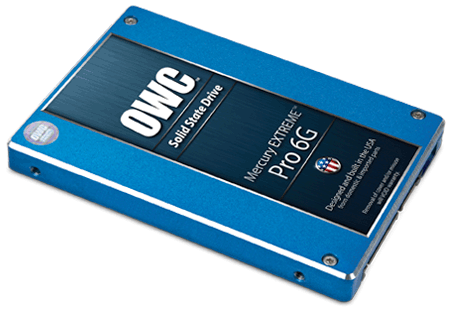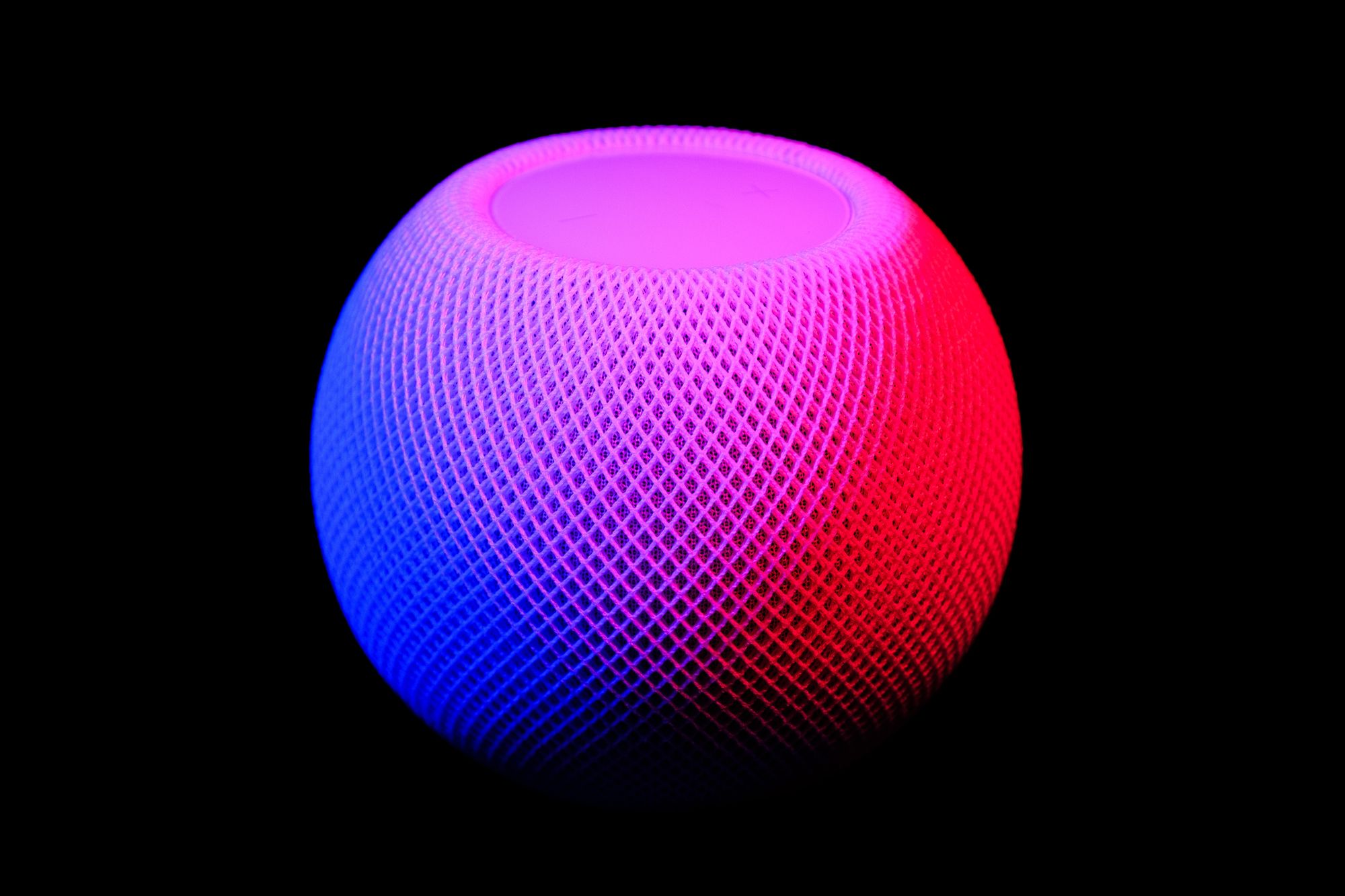What is a Solid State Drive (SSD)?

SSD, short for Solid State Drive, is a data storage device that is similar to a hard drive. One of the advantages that the SSD has over a traditional hard drive is that the SSD uses standard integrated circuits to store data rather than using spinning platter/platters with a magnetic coating to store data. With the SSD using integrated circuits rather than spinning platters, reading and writing on the drive are dramatically faster.
Solid state drives were introduced in 1995 when M-Systems introduced flash-based based solid state drive. During that time, SSD were expensive to own, and only a couple of people owned them. It was not till early 2009 that solid state drives started to become mass-produced and in the past months, it cost around 60 cents to two dollars per gigabit in a modern SSD.
There are many different SSD that can be connected in different ways. Usually through the use of the SATA connection, SSD can also be connected using USB, serial SCSI, parallel ATA, Parallel ATA (IDE), and even through the use of PCI Express cards. With SATA SSDs, a 2.5″ drive (which is used in laptop hard drives) are the commonalities. With computers that have drives that are bigger than 2.5″ drives slot, many companies produce converters that allow people to insert a 2.5″ drive into a bigger drive bay.
Although SSDs are more expensive than their similar counterpart, the USB flash drive, the controllers on the solid state drives are faster than USB flash drives, and SSD are more durable than small little flash drives.




